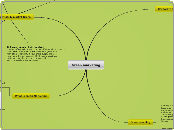door Yusuf KMTL 3 jaren geleden
227
Education in 1970s-80s
The evolution of the photocopier has significantly impacted various institutions and organizations. Originally invented by Chester Carlson in 1938 and later developed by Xerox in the 1960s, photocopiers have become essential in offices, schools, and courthouses.









